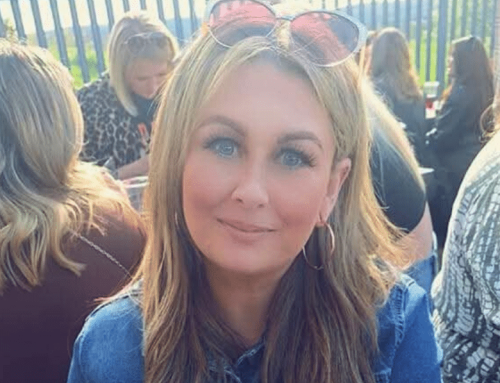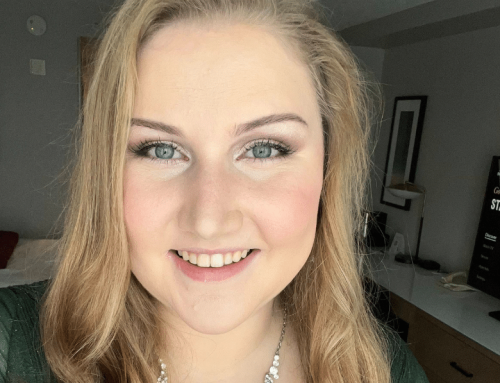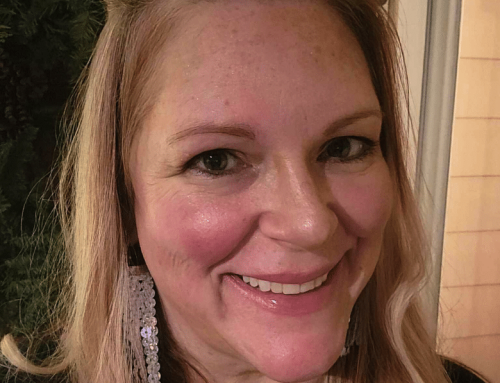 Ashley shares her blood clot story and the lessons she learned from this experience. She urges women to understand blood clot risks when choosing contraception.
Ashley shares her blood clot story and the lessons she learned from this experience. She urges women to understand blood clot risks when choosing contraception.
On September 28, 2022, I was feeling really dizzy and experiencing coughing fits. I was not concerned about these symptoms until I bent down to pick something up and could not catch my breath. The world around me was spinning and I was almost hyperventilating.
Fortunately, I already had an appointment scheduled with my primary care provider that same day. When I went in for my visit, my physician checked my vitals and noticed my heart rate was significantly elevated. He gave me about 20 minutes to rest to see if it would come down. However, it was still beating at about 145 beats per minute when checked again.
This elevated heart rate, combined with my other symptoms, concerned my doctor. He called for an ambulance and sent me to the ER. He also knew my mom had previously experienced blood clots and told the ER doctors about my family health history.
Blood Clot Diagnosis, Treatment Plan
After arriving at the ER they performed a D-dimer test, which confirmed my doctor’s suspicions. Several blood tests, scans and ultrasounds later, a doctor came to my bedside to let me know that I had multiple clots in my lungs (pulmonary emboli). He also explained that the right side of my heart was under significant strain, which could become problematic very quickly.
I was told that the best treatment option would be a two-hour course of tPA (tissue plasminogen activator), often called clot-busting therapy. Administered intravenously, tPA helps to dissolve clots. After this two-hour treatment, I was transported to the intensive care unit for close monitoring. Thankfully, in my case, this treatment worked quickly and saved my life. I spent the next 12 days in the hospital recovering.
Lessons Learned
After this experience, I learned that alongside my family history of blood clots, estrogen-based birth control was one of the main risk factors that contributed to my blood clot.
Also, I have learned not to take anything in life for granted. Seeing stories online from other people who have had similar experiences reminds me that I am not alone in my recovery. I have also learned the importance of staying active and keeping my blood flowing.
I encourage women to thoroughly discuss the risks of estrogen-based birth control with their healthcare provider when making a final choice among the contraception options that are available.
More Resources
Read more about the clotting risks connected to women’s health, including pregnancy.
Check out this short video about contraception decision-making.
Share your story for publication on the Rowan Foundation’s website and social media channels here.




